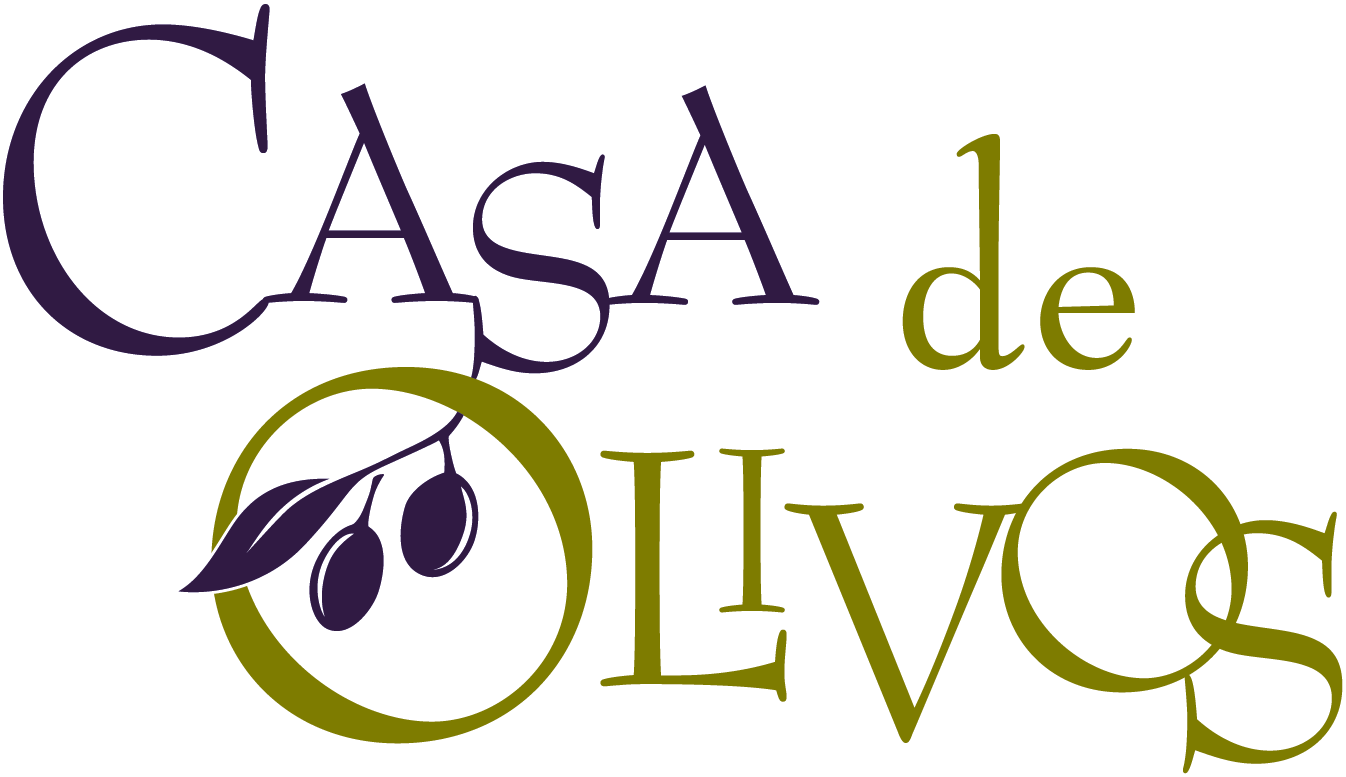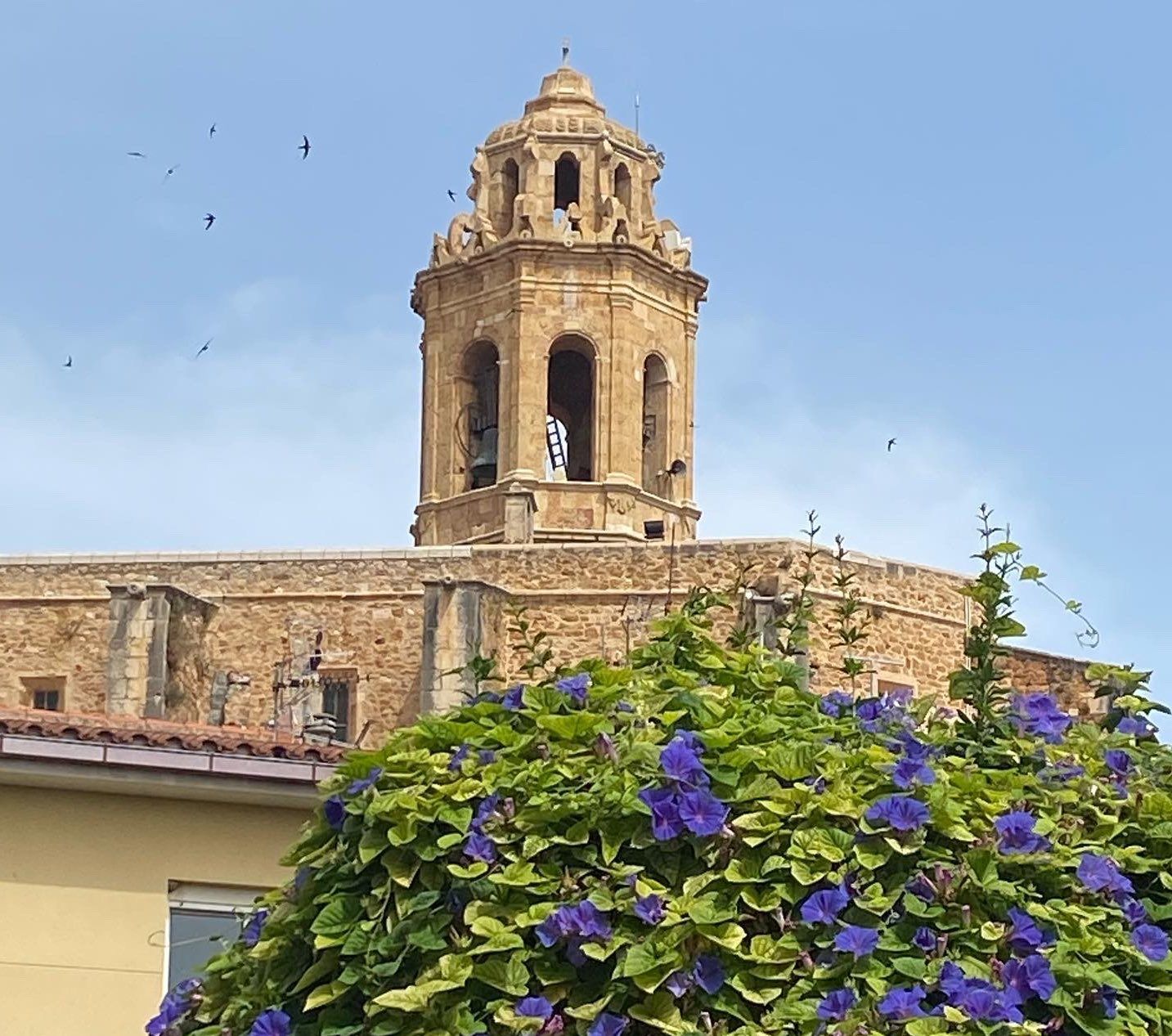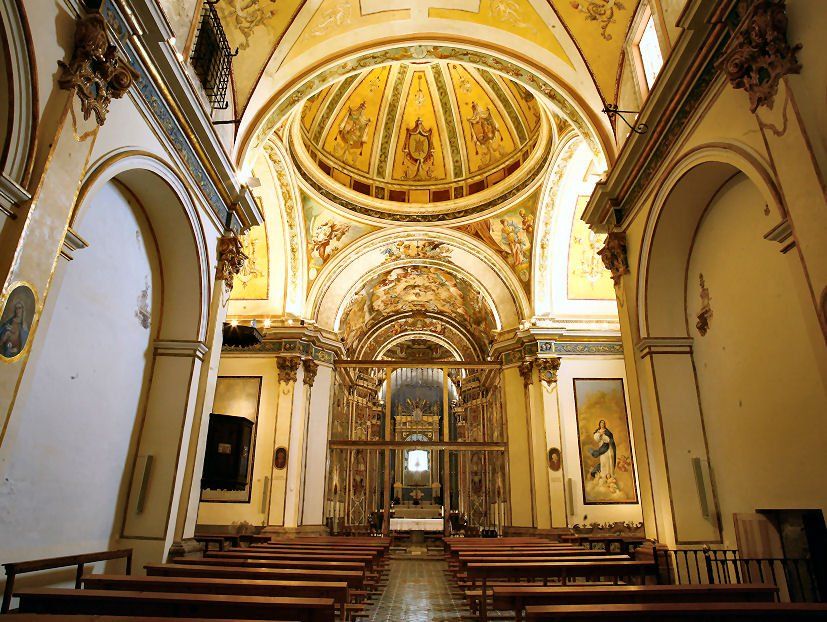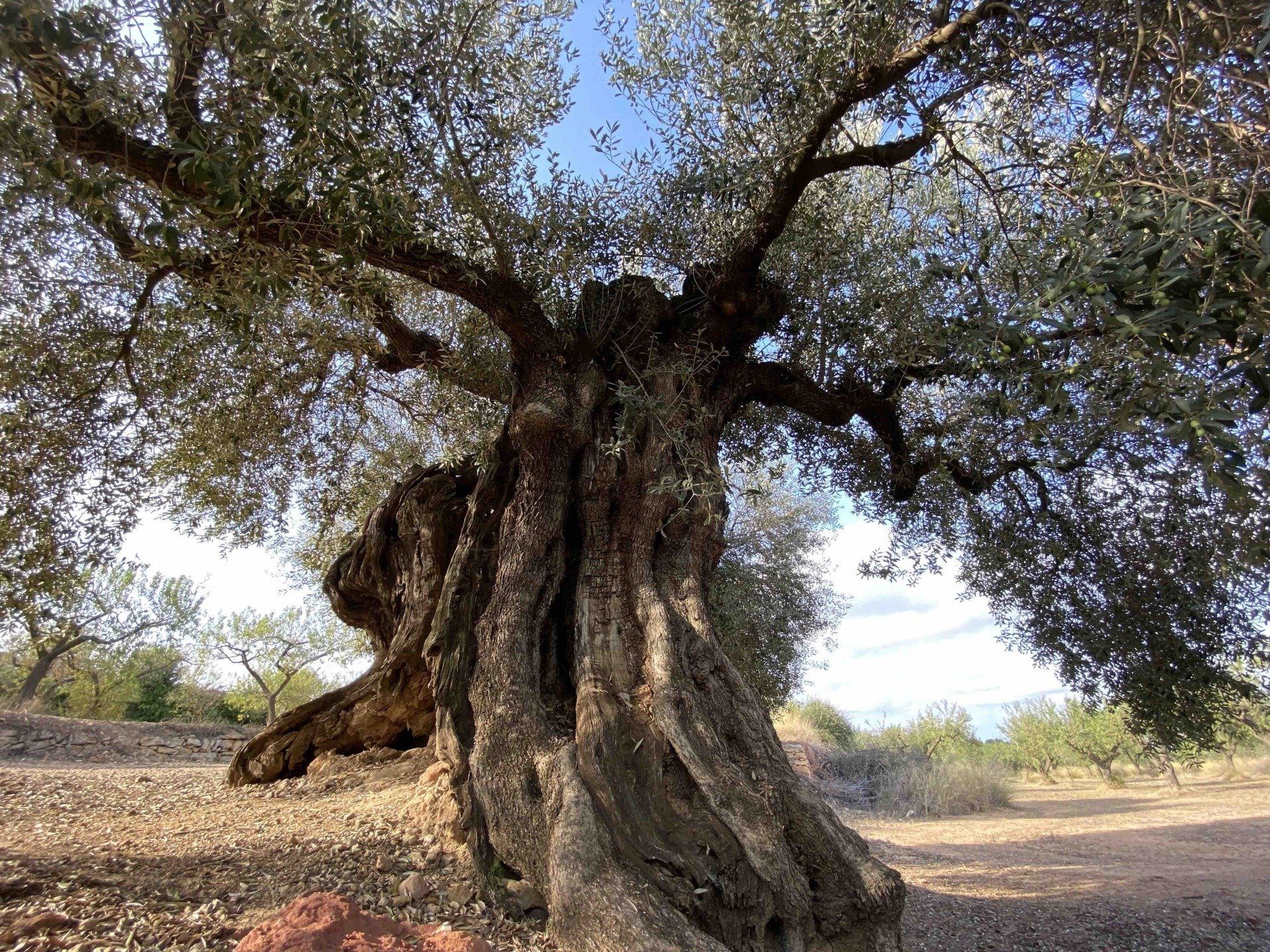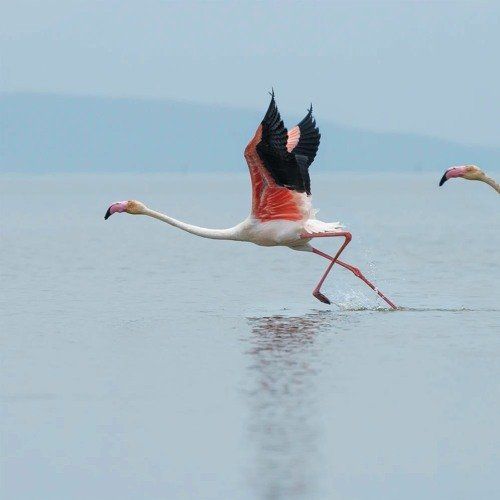Explore the Costa Azahar and beyond...
To the north of Valencia you find the Costa Azahar and Maestrat region, an area relatively undiscovered, with sleepy, authentic Spanish towns and unspoiled countryside, perfect for culture breaks and those looking to reconnect with nature.
Towns
The Valencian community, and more specifically the province of Castellon, are littered with towns oozing traditional Spanish character with cobbled narrow streets and pretty architectural features, many set against dramatic mountain backdrops. Must visits are Peniscola, Vilafamés and Morella which all feature in Spain's official 'Most Beautiful Towns List' - for more details on these towns see Castles & Churches below.
Traiguera - a typical rural Spanish town surrounded by an abundance of olive trees, almond trees and orange groves. The culture of Traiguera can be easily absorbed wandering around the town, with its natural stonework and pottery tradition. Just outside the town is the beautiful, historical Font de la Salud – Fountain of Health - and the the highly rated Casa dels Capellans restaurant.
Sant Mateu - is the historic capital of the Maestrat region and has been declared an object of cultural interest. The town still has its medieval walls and has a pretty main square with fountains and many restaurant. Sant Mateu has a number of palaces and religious buildings of interest.
La Salzadella - Famous for its cherries, the little town of La Salzadella can be traced back to Iberian and Roman times. This town is perfect for those who wish to go hiking and explore nature as it is located on the Via Augusta, route of the millennial olive trees and the route of the water. Within the town itself there are historic buildings of interest, as well as a Mexico Square (Plaza México).
Vinaros & Benicarlo - local seaside towns, with working ports, to visit throughout the year with fresh food markets, seafood and tapas bars, and good mixture of traditional architectural buildings of interest. With everyday shopping needs such as banks, supermarkets and boutique fashion stores.
Castles & Churches
Castellon is the smallest of Valencia’s three provinces, but the area is steeped in history: medieval hill towns and beautiful castles pepper this relatively undiscovered region.
Traiguera -
Royal Sanctuary of the Virgen de la Salud in Traiguera, an architectural jewel of the 16th century. It shows a past of splendour and the passage of religious orders of Montesa and the Hospitalarios. One of the most outstanding monuments of the province of Castellón. The sanctuary is formed by a set of buildings of Gothic origin, with Renaissance and Baroque extensions and transformations.
Peñíscola - has a privileged location on the Spanish Mediterranean. The old town - crowned by a 14th century castle-fortress that was once the home of Pope Benedict XIII - stands on an imposing rock that rises 64m above the azure seas.
Morella - a medieval city, surrounded by an amazing wall that's 1,500 metres high. Passing over the wall is like passing through time to a town with gothic and renaissance buildings with narrow cobbled streets. Preserved houses and its old bullring are unforgettable, but the jewel in the city's crown has to be the castle.
Vilafames - The true highlight of the town is the old part, which is embraced by the remains of the walls, whose construction can be dated back from around 1375. A must is to see the 'Big Rock' and the incredible 360 degree views from the top of the castle ruins.
Ulldecona - Towering in Majesty over Sierra Godall’s southeast slope, lies the Ermita de la Pietat. It is a fine chapel, and well worth a visit both for culture and spirit. The Neolithic Era cave paintings of Ulldecona are a declared UNESCO World heritage site. To see both locations you’ll need to walk on a mountain path, but the views alone are worth it.
Culla - This enclave's old town has been declared a Site of Cultural Interest and sightseeing in Culla is like immersing yourself in a history lesson that envelops you. Stroll through the narrow, cobbled streets and you'll reach the Church of San Salvador,
the Abbey House, the old hospital, and the arches of the old wall and prison. Walk the path between the town center and the castle to reach the Singlet viewpoint and be amazed by the beauty of the landscape.
Capture the Natural Surroundings
With a wealth of fauna & flora, wildlife, architecture and mountainous & coastal scenery there is more than plenty of subjects to be caught on camera or canvas, with an abundance of different subject matters for artists and photographers to capture their experience of the Costas del Azahar. As well as birds of many varieties, native or migrating for birdwatchers to admire.
Parc Natural de la Serra d'Irta is located south of Peñiscola. The mountains reach up to the sea, alternated by deserted bays. It is a reserve of pure nature with small game, many migratory birds, archaeological sites and ruins, like the castles of Alcalá and Magdalena de Pulpis, both built by the Moors. From the castle of Alcalá, you have a breathtaking view of the Mediterranean.
Millennial Olives - in the Maestrat you find the highest density of olive-tree specimens exceeding two thousand years old, according to the latest datings…
It is simply stunning! In Traiguera, the ancient Thiar Julia’s Roman village, the oldest olive tree in town, called "L'Olivera del Xano". Also here you can see the 'Sinfo’s Olive Tree' which won Best Monumental Olive Tree of the Mediterranean by RECOMED.
Parc Natural de la Tinença de Benifassà stretches between the regions of Els Ports and El Baix Maestrat, in Castellón. The ancient possessions of the Benifassà monastery extend across a mountainous area of great ecological value. The fauna found here includes the Spanish ibex, wild boars, vultures, Bonelli's eagle and the booted eagle. There is a network of signposted hiking routes enabling visitors to experience the rare delights of this well-conserved nature area.
Delta de L'ebra Nature Park - La Bassa de les Olles, with 54 hectares, is the smallest lagoon in the Ebro Delta Natural Park. Communicating with the Fangar Bay, among rice fields and dunes, this lagoon is the result of one of the oldest mouths of the Ebro River. The visit, which can be started from L'Ampolla, is a must, since we can find flamingos, royal ducks, jackals or kingfishers.
Casa De Olivos itself is spoilt by wonderful scenery, as the olive terraces and gardens offer many picturesque subjects to inspire a painters palette. From its elevated position you also have stunning landscape views, or venture into Traiguera and discover hidden rural Spain in the narrow cobbled streets.
If you have a sense of adventure, a love of dramatic and unspoiled scenery, and a curiosity to observe and absorb the charms of rural Spain then this could be the perfect setting for you to independently roam at your own pace and create your Spanish story in pictures.
Please respect the local culture and heritage of this beautiful part of Spain, and always try to leave anywhere you visit, in a better state than when you arrived there.
Adhere to action notices, take your litter away with you and donate to local projects where you can. Be kind. Gracias.





